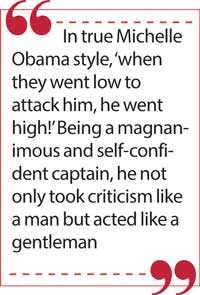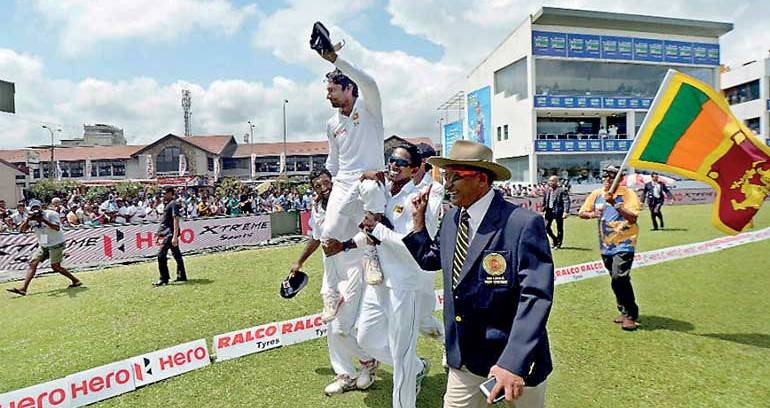Now that all the eating and drinking is over and you’ve made your New Year resolutions, it’s good to read on!
Waists and hips

Before you any further, do go and get a measuring tape! Then get to work. Try answering the question: what’s your Waist-to-Hip Ratio (WHR)?
Let’s begin:
First measure your waist at the smallest part.
Waist = … inches
Next measure your hips at their widest points.
Hips = … inches
3. Don’t cheat!
Now divide your waist measurement by your hip measurement.
WHR = …
Now take a deep breath and reflect on the result.
A study some years back in the medical journal The Lancet argued that the results of this exercise can help to better assess a measure of fat distribution and thereby the risk for disease linked to being overweight (obese).
If you are a woman, you are said to be at lower risk if your WHR is less than 0.8. But at higher risk if it’s greater than 0.8. For men, the risk is lower if the WHR is less than 1.0. By implication higher if it’s greater than 1.0.
If the math confuses you, and you are beginning to perspire, here is an example: if you are a man with a 42 inch waist and 38 inch hips measurement, your WHR is 1.10. You fall into high risk category. If you are a woman with 36 inch waist and 39 inch hips, your WHR is 0.92, and you too fall into the high risk category. If you are woman with a 26 waist and a 34 hip measurement, with a WHR of 0.76, all one can say is wow!
The Lancet study is, of course, only an indicator. There are other factors that play into the elements of risk. But the National Institute of Diabetes and Digestive and Kidney Diseases in the US says: “However defined, overweight and obesity contribute to the development of a number of debilitating diseases, including arthritis, heart disease and diabetes.”
The reason being, according to an analyst J.W. Payne of the Washington Post, body fat stored around the abdomen is more dangerous than fat stored around the hips and thighs. More abdominal fat surrounding internal organs, including the liver, has been linked to higher risks of heart attacks, diabetes and other illnesses.
For those who refuse to accept the reality of the ratio and the risk factors, yes there are many arguments for and against the concept, but for now my advice is eat less rice and consume no sugar, and exercise!
Coffee
There are many ways to get into the Guinness Book of World records, but a Maryland resident in the US is tried to achieve this in an addictive fashion. John Winter Smith bought coffee at more than 4,500 outlets of the Starbucks Coffee chain in North America and 213 overseas. His goal is to go “global” with Starbucks.
According to a journal Newsday, as of December 2005, the chain owned 4,525 stores in North America and 1,018 abroad. Smith, the journal says, has driven over 70,000 miles in the past year.
What a fine advertisement at for Starbucks. Here’s a challenge: who will attempt this for a brand of good Ceylon Tea?
Grunts
The women’s singles at the Australian Tennis Open Championship some years ago drew much attention when Justine Hardene, threw in the towel (or racket) through exhaustion when the final was just a set and two-and-a-half games old.
This brought to mind another dimension of women’s tennis. During the Wimbledon years back, a London Tabloid, ran a “gruntometer” score of 101.2 decibels for Maria Sharapova, measuring the level of “grunting” that was heard whilst serving. It was said that the noise was as loud as a police siren, give or take some exaggeration!
Picking up this concept a San Jose journal came out with the following sound equivalents:
Maria Sharapova (101) = subway train
Serena Williams (88) = lawn mower
Venus Williams (85) = heavy traffic
Lindsay Davenport (84) = hand saw
Elena Bovina (81) = hair dryer
It is said that according to the League for Hard Hearing, continued exposure to noise above 85 decibels will cause hearing loss over time!
As to why the results were released only for the women players is a good question, though. Maybe it’s off the charts, as when one’s wife yells at you… sound of an oncoming train!
http://www.ft.lk/columns/Of-waists-hips-coffee-and-grunts/4-692885






